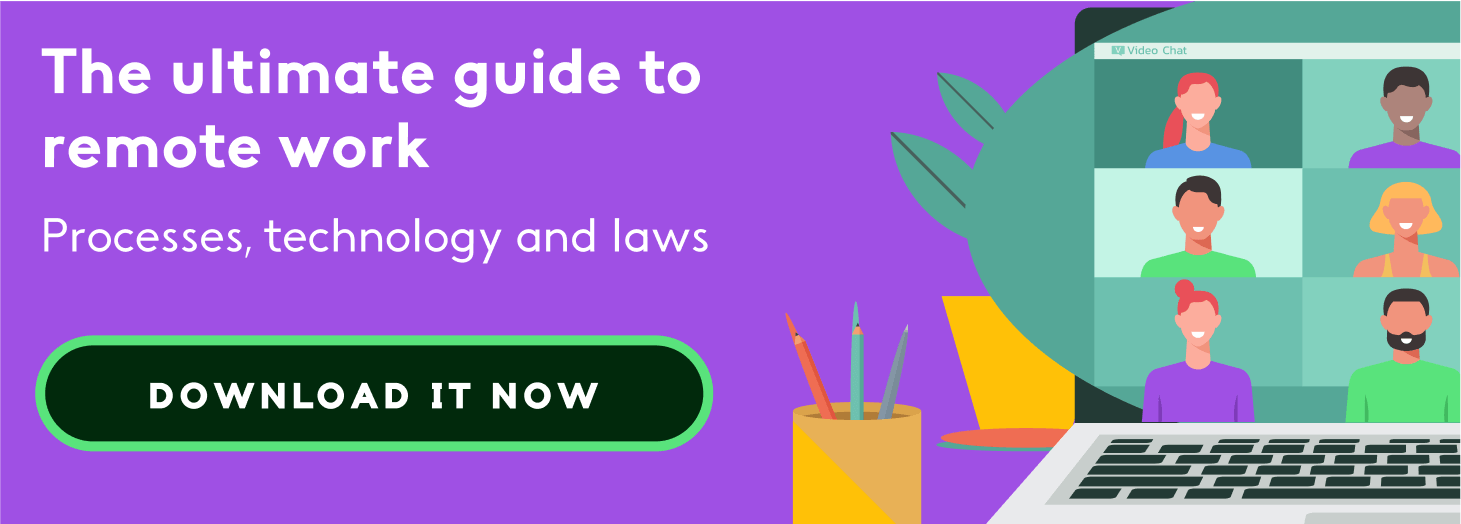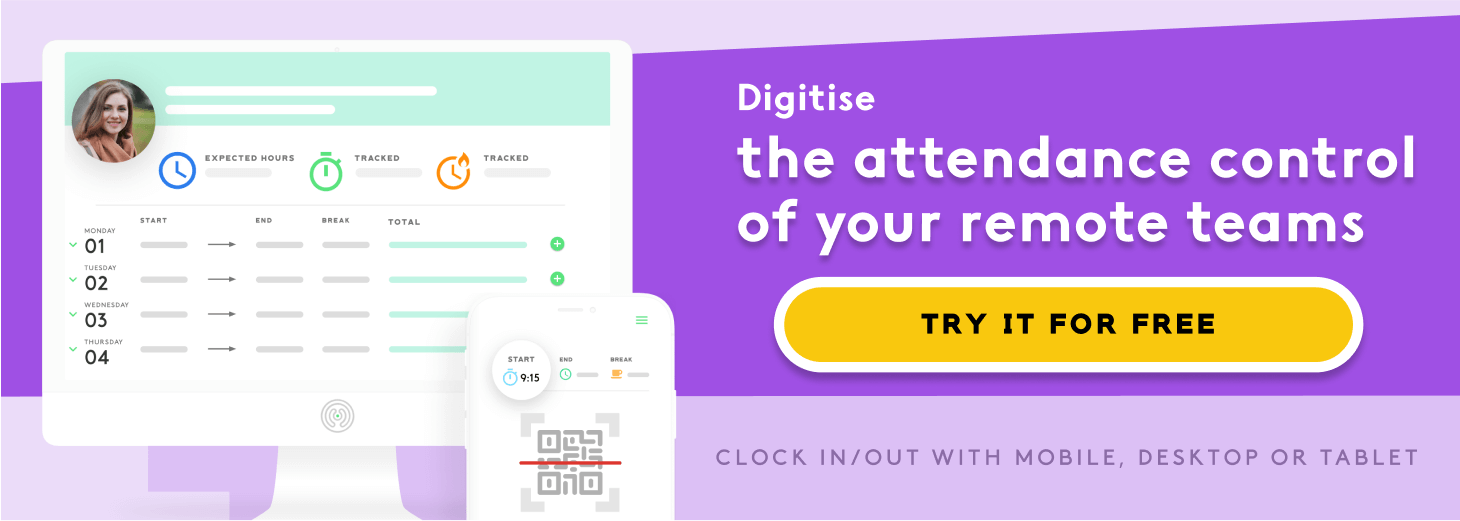All British companies are obliged to track employee time and attendance, whether for
some or all their employees. While tracking employee working hours is a necessity,
each organisation is free to choose which system best suits their needs.
Since European laws on the subject came into force in 2019, the number of purpose-
built solutions on the market has multiplied. How do you know which one to choose?
We explain the different options below to help you find the best solution for your
organisation.
Do you need to track employee time and attendance?
Many people are unsure if tracking employee time and attendance is obligatory, but
the answer is a resounding yes. In May 2019, companies across Europe became
obliged to keep records of their workers’ start and finish times.
The European Court of Justice announced in the Working Time Directive that all
member states must oblige companies to track employees’ daily time and
attendance.
The UK, technically, must still abide by these laws while belonging to the EU, and the
outcome of Brexit will determine how such laws will be defined in the future.
Nevertheless, and while EU law currently overrules any individual member state
legislation, the UK also has its own time and attendance laws, governed by the
Working Time Regulations (WTR).
Like all other EU countries, this law states that no UK employee should work more than
an average of 48 hours a week unless they have agreed to “opt-out” or if their job is
not covered by the law on working hours. Failure to keep such records is an offence for
which the penalty in England and Wales is an unlimited fine.
The ECJ ruling, in turn, stipulates that:
- All organisations must store time and attendance records for at least four years
(in the UK, the WTR states a minimum of two years).
- These records must be made available to employees and unions.
- Employees must have access to these records during their working day.
- Unions must be made aware of employees’ overtime hours on a monthly basis
(whenever a union representative is in place).

How can you track employee time and attendance?
Neither EU nor UK legislation mention time and attendance systems, so it is up to each
company to decide which one they choose. When deciding how to track time and
attendance, you just need to look for the solution that best adapts to the company’s
specific needs and ensure it complies with the legal requirements mentioned above.
There are currently different types of system on the market, each with different
characteristics. Let’s take a look at them below:
Excel templates
Excel templates are the most simple and traditional solution for tracking employee
time and attendance. They can be used either in a physical or digital format, but must
always be available for staff to sign when starting and finishing their working day.
While it´s a very cheap and widely used system, it can prove complicated on a day-to-day basis. For example, if we use physical Excel spreadsheets, we must ensure that
these documents are stored in a filing cabinet or storeroom for at least four years. This
can take up valuable space. We also run the risk that sheets may get lost and
disappear.
When using digital spreadsheets, we must constantly ensure that all the information
has been entered correctly and that any formulas we've created are still working.
Specific time and attendance software
What is the most modern and efficient way of tracking time and attendance? Many
companies opt for a specific time and attendance software. In other words, they are
IT systems that have been developed to help companies comply with time and
attendance legislation quickly and easily.
Time and attendance software usually works on desktop and mobile so that employees
can clock in and clock out from wherever they are. This is particularly interesting for
companies with workers that travel frequently, or who work remotely from home.
Another advantage of this system is that the information is stored in the cloud, so the
company’s records will be carefully stored. This saves physical office space and they
will always be available when you need them.
Specific software applications also have features that enable human resources
departments to improve their employee time management. They enable us, for
example, to determine an employee’s workload, manage time off, get real-time data
and create customised reports.

Clock-in machines
There are two types of clock-in machines. The first and most traditional type uses a
card and is mainly found in industrial settings. It’s an extremely simple system that
helps record working hours and calculates overtime. It does, however, oblige
employees to physically clock in and out every day.
The second type relates to biometric systems that have emerged with new
technologies. They work by recognising a fingerprint, iris, pupil or face, so they are able
to read each employee’s physical traits to verify their identity. One major advantage is
the security they offer, one of the reasons they are often used in tech companies.
They are more expensive, however, which means they are seldom used. In addition,
with the current health crisis due to coronavirus, systems that require fingerprints are
not recommended, to avoid contact and transmission of the disease.
Kenjo: the most user-friendly time and attendance software
How can you track employee time and attendance? Now that we’ve covered the
different solutions available on the market, each company has to find the system that
best suits their needs.
Without a doubt, the most flexible and interesting option for most companies is a
specific time and attendance software. They can adapt to any kind of activity and offer features that would be of great interest to any human resources team.
Also, a cloud-based system that you can access from anywhere with an internet
connection enables remote workers to conveniently record their working day. It´s
important to remember that remote workers are also required to clock in and out.
At Kenjo, we’ve created an all-in-one HR software with a time and attendance system
that’s compliant with European legislation. Your employees will be able to effortlessly
record their working day via desktop or mobile app. And you´ll be able to check the
time recorded and obtain valuable information at a glance.
You’ll also be able to access other features that will interest your department: payroll, absence and leave management, design recruitment processes, etc. What are you
waiting for?



